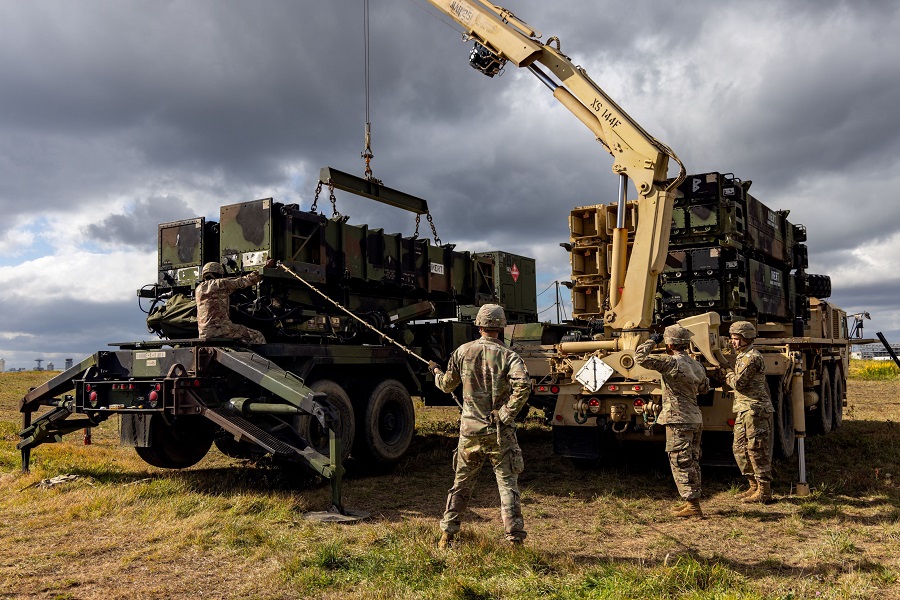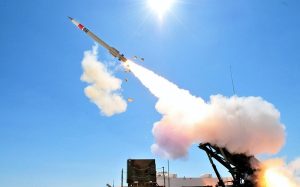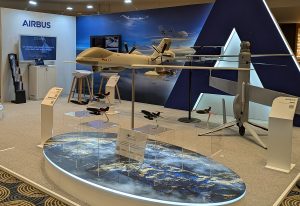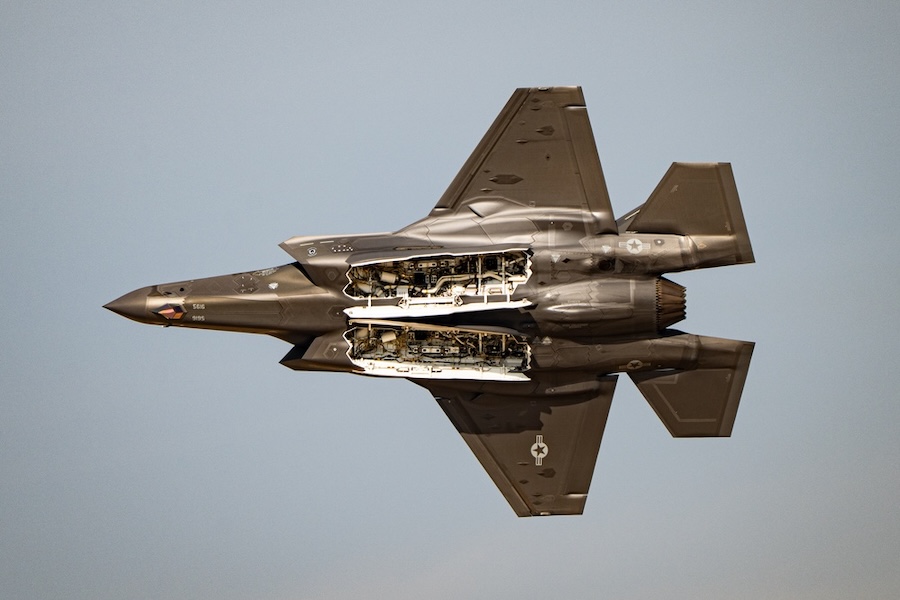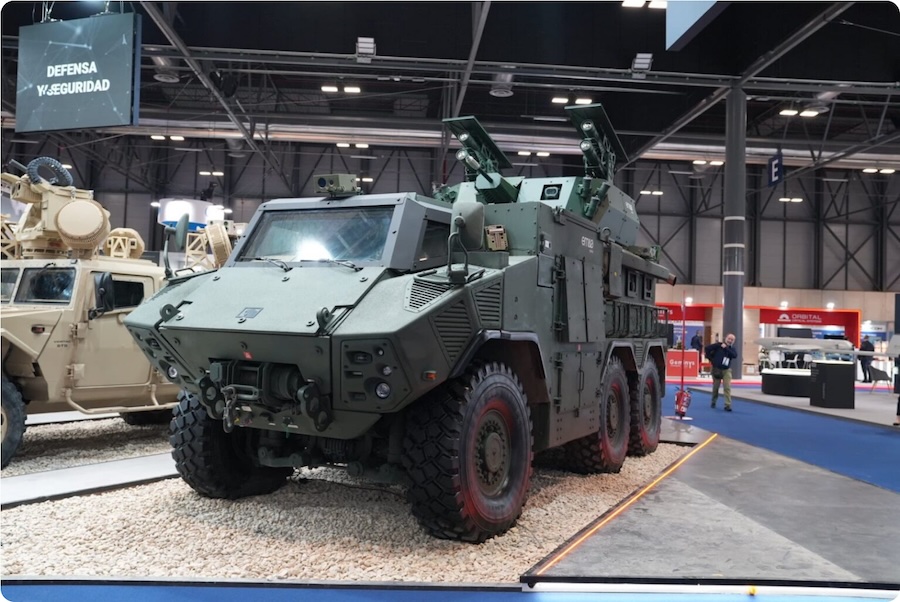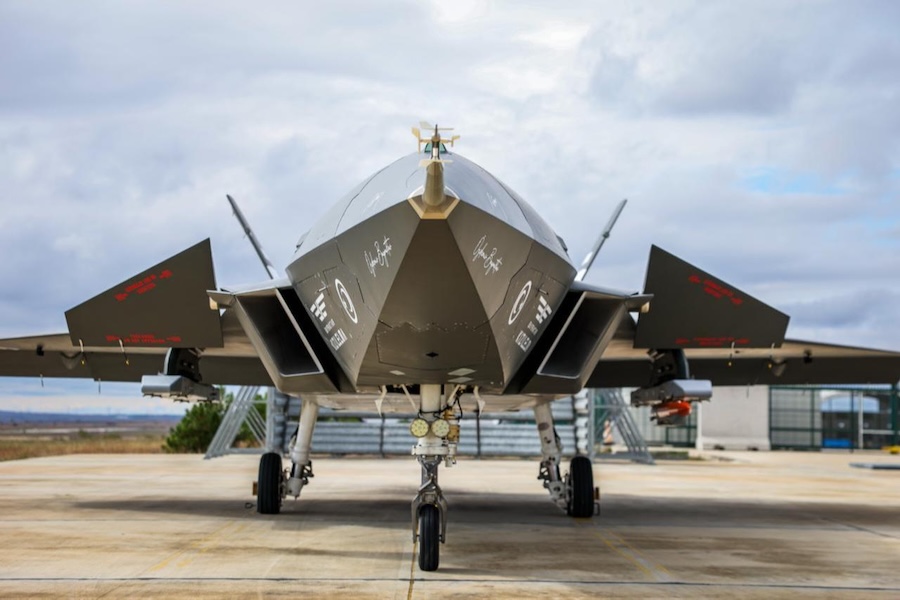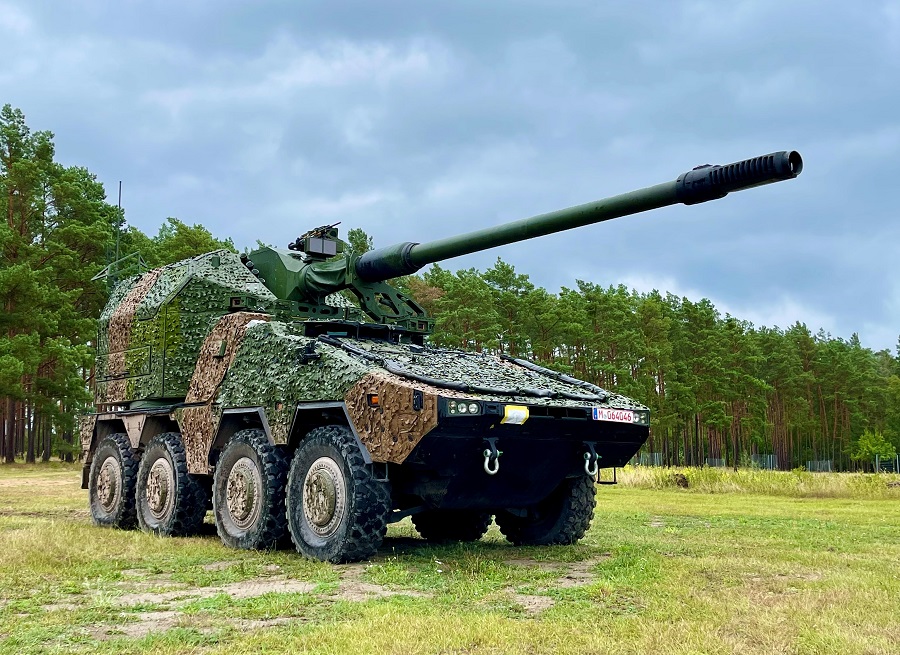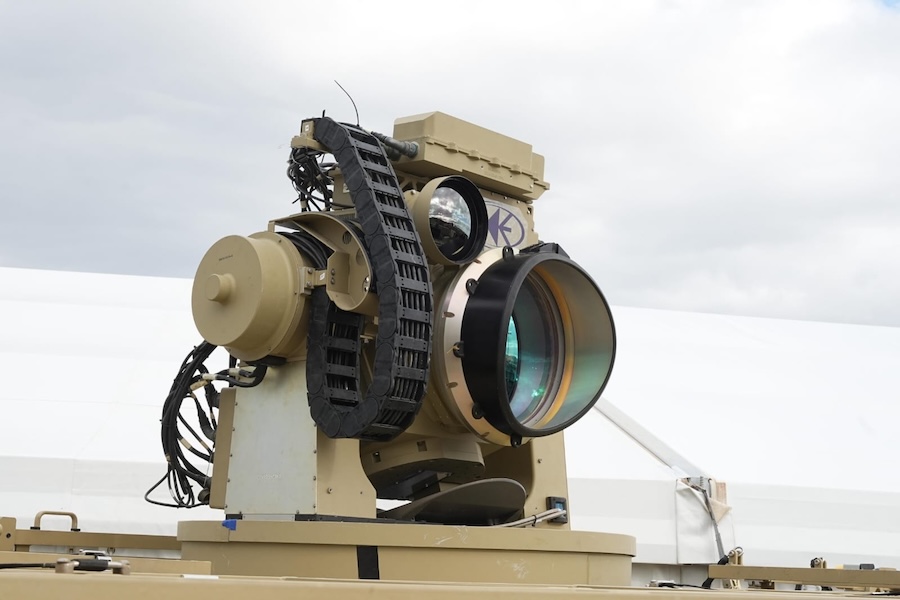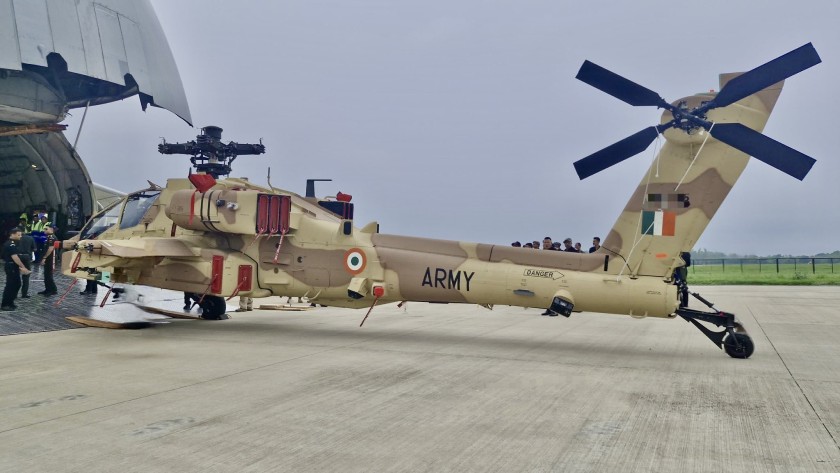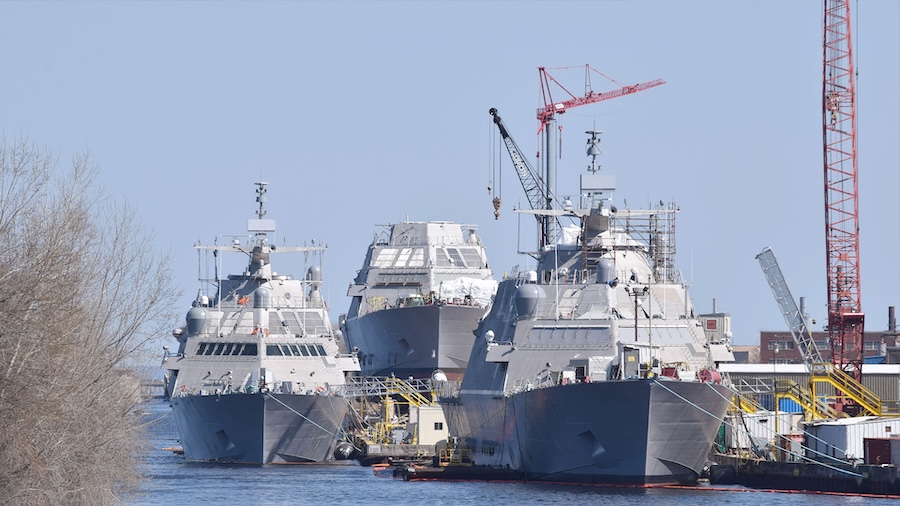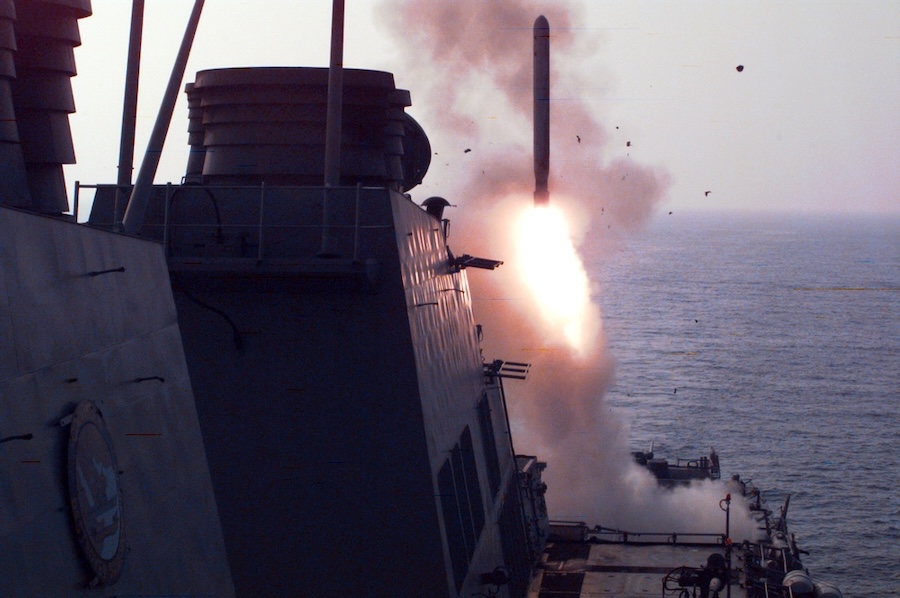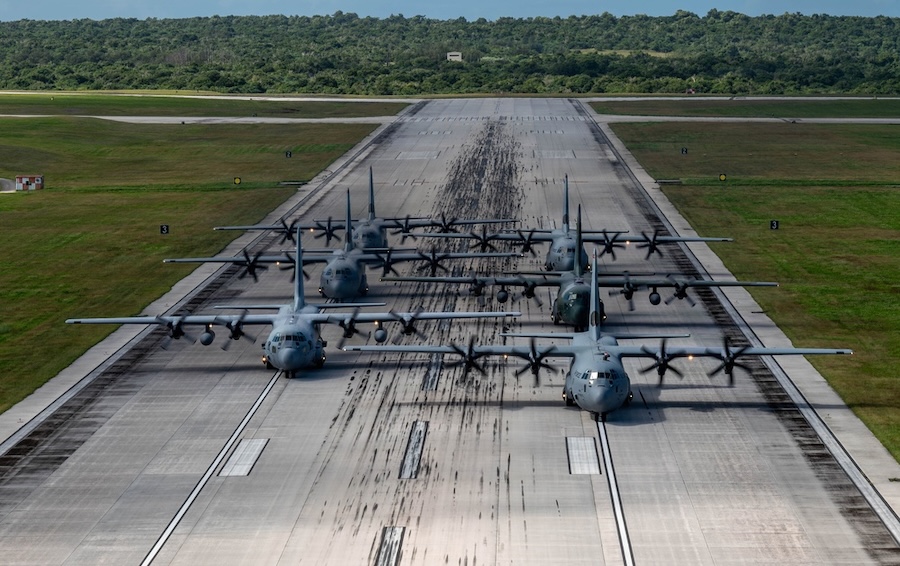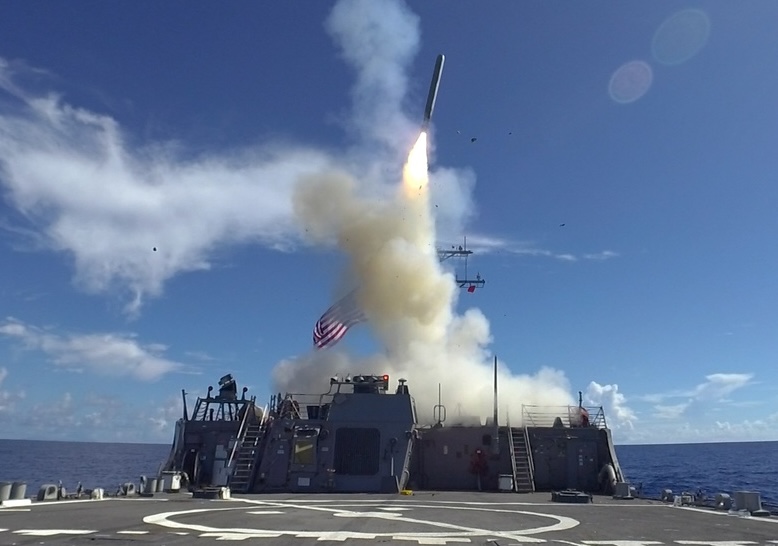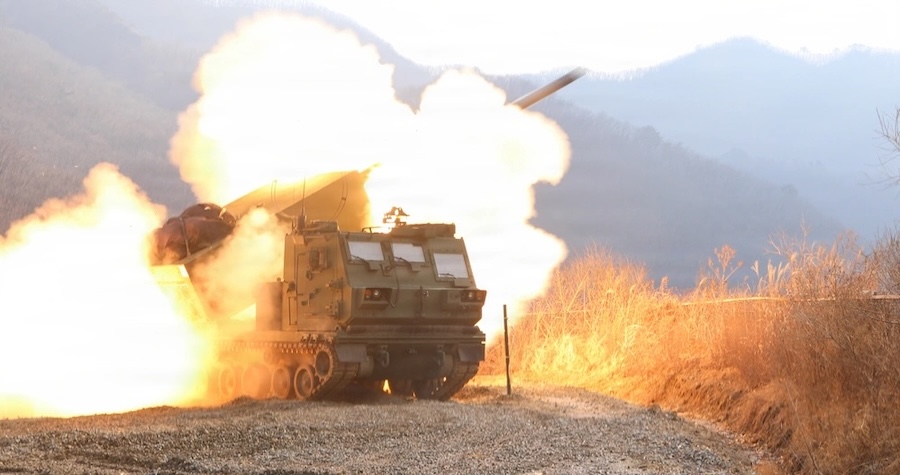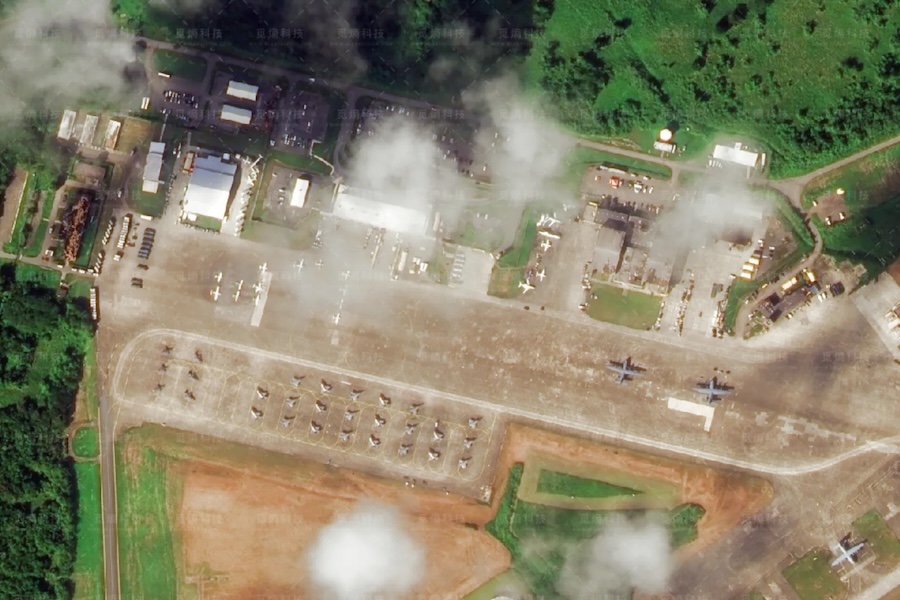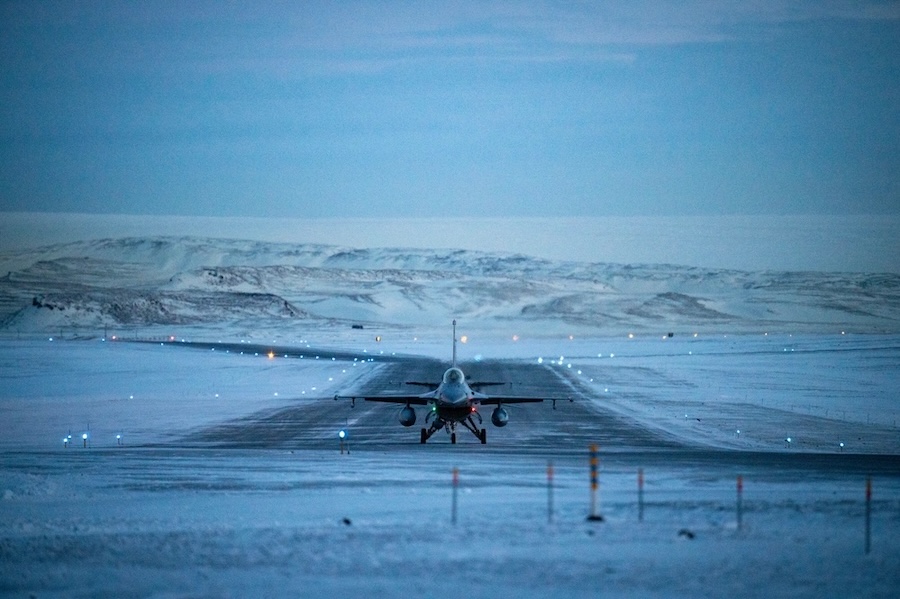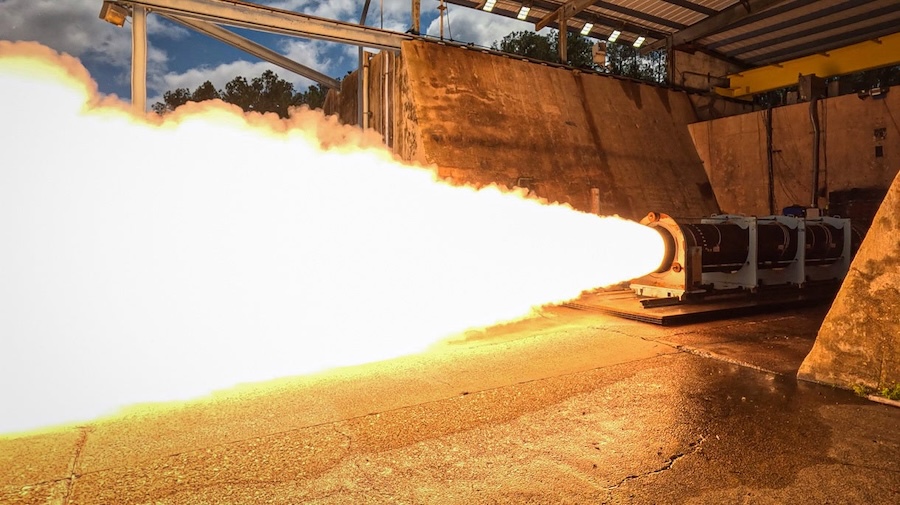The MIM-104 Patriot system, widely regarded as one of the Army’s most effective air defence platforms, integrates radar and command and control to intercept enemy missiles. Patriot battalions recently demonstrated their effectiveness by successfully defending Al Udeid Air Base in Qatar from Iranian missile attacks in June.
The Army will also equip these new units with the Lower Tier Air and Missile Defense Sensor (LTAMDS), a next-generation radar system that significantly enhances the Patriot’s capabilities. “So it greatly expands the range, the altitude, and it’s a 360,” Gen. Mingus said, referring to LTAMDS’ ability to provide full 360-degree surveillance, in contrast to the 270-degree limit of the older AN/MPQ-65 radar.
LTAMDS is capable of identifying and neutralising a broad spectrum of threats, including low-altitude cruise missiles, hypersonics, and short-range ballistic missiles. Its extended range, from 85 kilometres out to 85 kilometres down, offers increased coverage and versatility on the battlefield.
Gen. Mingus explained that integrating LTAMDS and the Integrated Battle Command System with the current 15 Patriot battalions would effectively double their operational capacity. “You would have the equivalent of about 30 Patriot battalions because instead of having to deploy as batteries, you can break them up and disperse them in a much more tactical way,” he said.
The Army recently conducted two successful operational assessment flight tests involving the new radar system at White Sands Missile Range in New Mexico. These trials confirm the readiness of the system to meet future aerial threats.
Looking ahead, Gen. Mingus emphasised the increasing importance of air defence in future combat environments. “And so instead of point defense defending points on the ground, we have to go on the offense when it comes to air defense [and] bring those together in a much more comprehensive fires function,” he noted.
Air defence plays a key role in the Army’s multi-domain operations, which require joint coordination across land, sea, and air. “The very essence of maneuver is fires and movement combined together,” Mingus said. “None of us are going to be able to do this by ourselves in the future … Working back and forth together, that is the future of the joint force.”
Source: U.S. Army.



